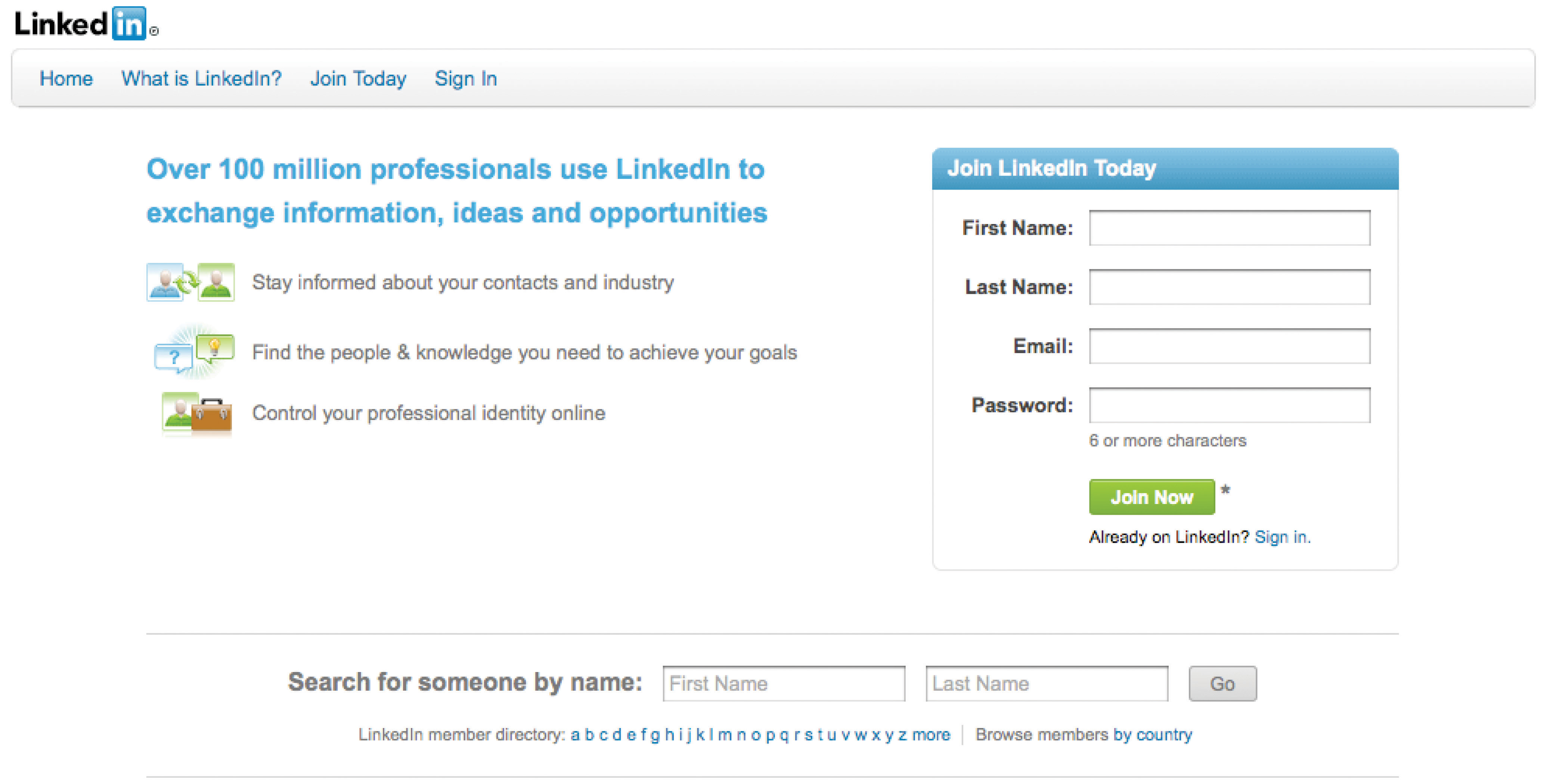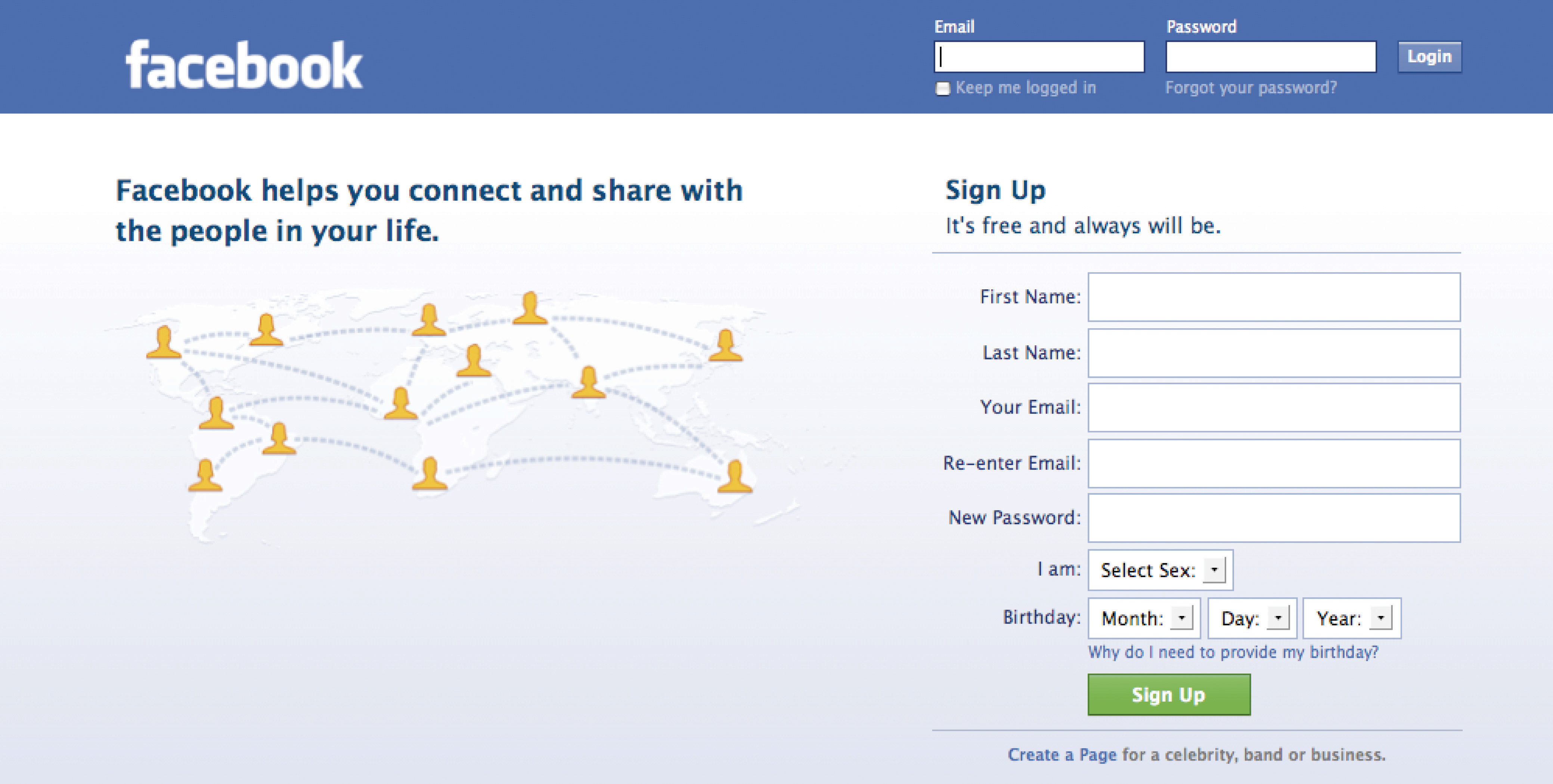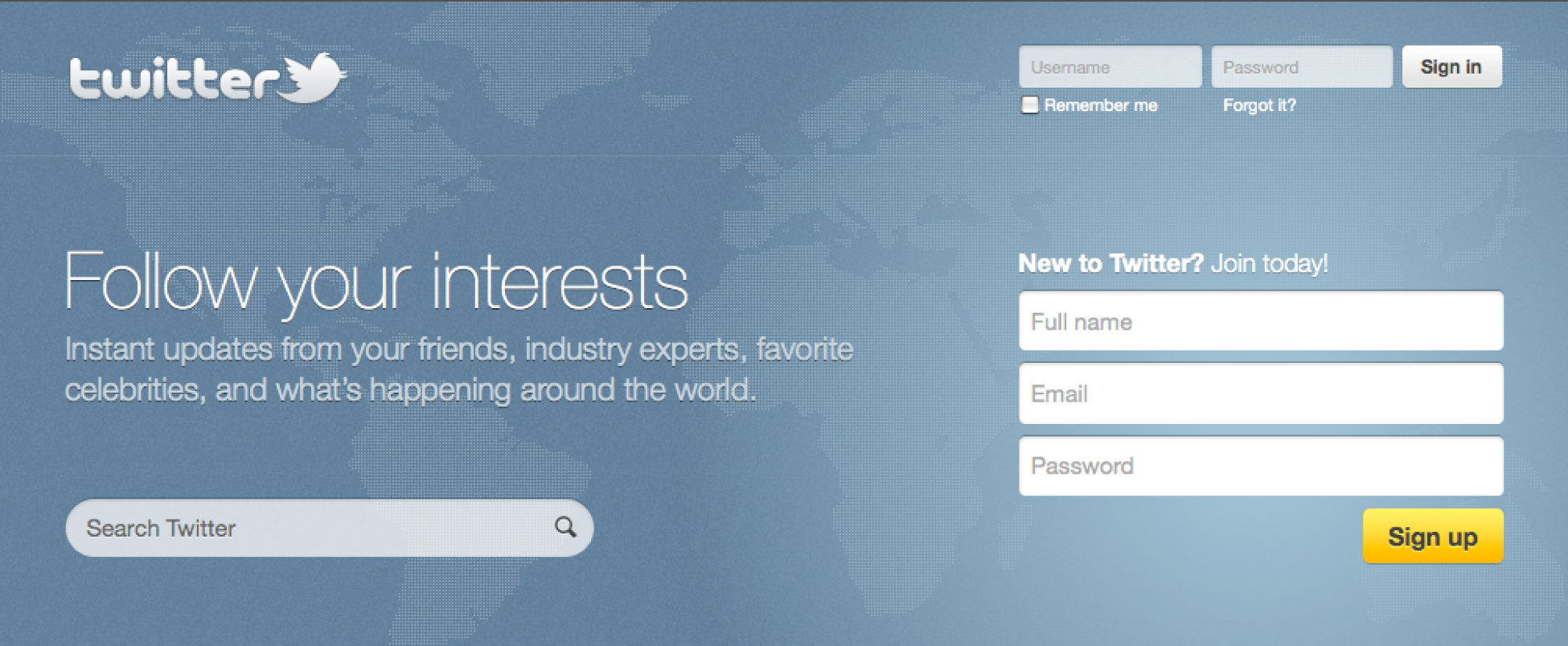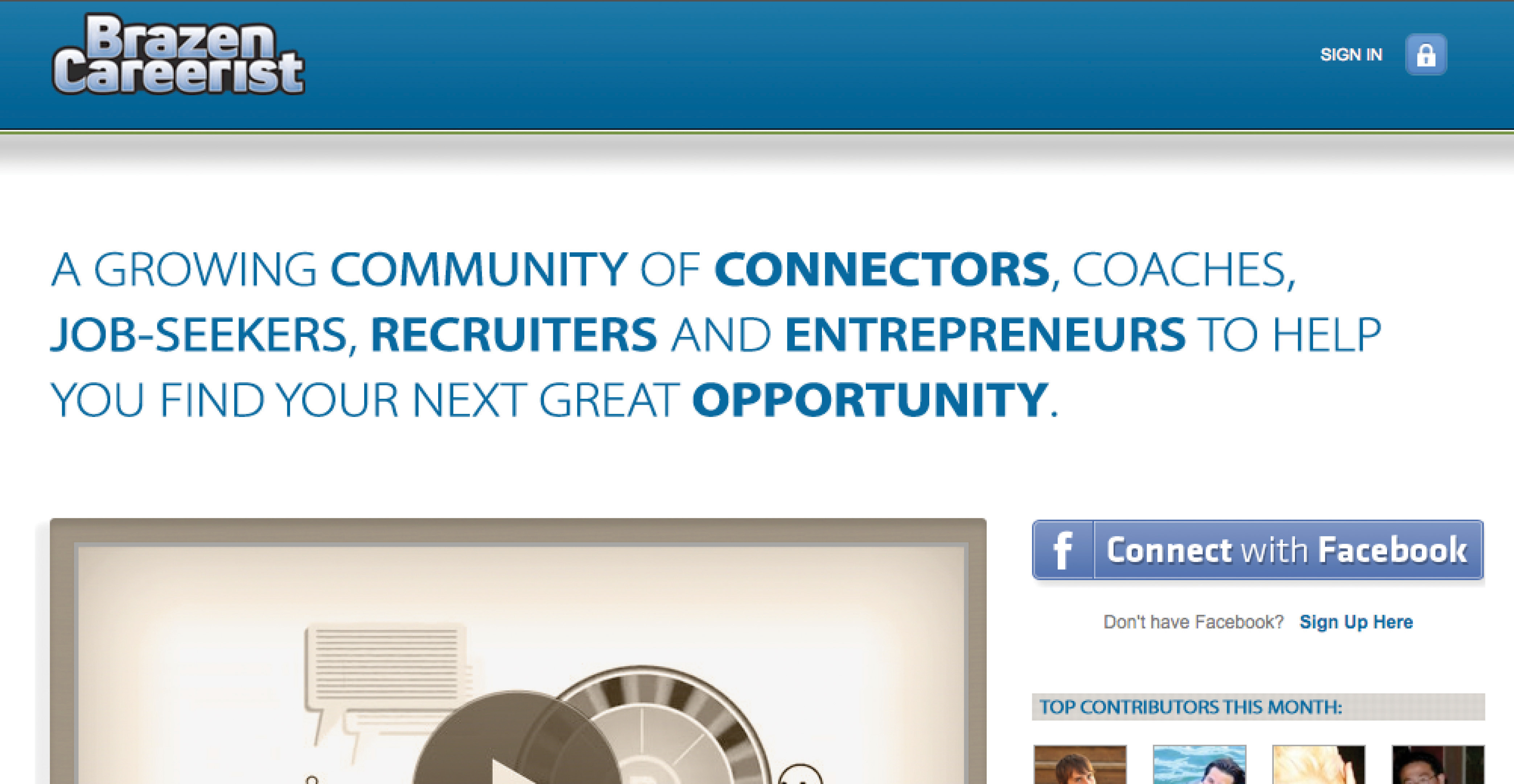
As of December 2010, LinkedIn had ninety million members and is adding new members every day. LinkedInSocial media site that is designed to share your professional information. is a social media site designed to share your professional information. Much like a traditional résumé, the standard profile includes sections for a summary, education, experience, and additional information. You can also upload a picture, as well as attach presentations and your blogs and websites to your profile.
The social, interactive component of LinkedIn is your ability to connect to people and to see their connectionsWithin the LinkedIn site, connections refer to people who have agreed to connect their profile to yours. When you see someone’s profile, unless you specify otherwise, you can see their connections. (or people who have connected to them). You can reach out to these secondary connections by asking for an introduction from someone with whom you are already connected. In fact, you can reach out to connections of connections through the introduction process, so you have access to not just your circle but two circles removed from you. This greatly expands your network.
Another interactive component is the Groups function. LinkedIn has Groups based on a mutual interest or other commonality, such as university affiliation, professional goal, or geography. Anyone with a LinkedIn profile can create and run a Group, so you could use LinkedIn to create an online community for your specific interest or goal.
The following is a cursory overview of LinkedIn’s basic features, but you can see that having a LinkedIn profile can add tremendous advantages to your job search:

As of December 2010, FacebookSocial media site originally intended for social purposes, so its profile includes basic information, such as education and interests, but is more geared toward sharing ideas, comments, and photos. reported over five hundred million users. Facebook originated as a personal social platform, so its profile includes basic information, such as education and interests, but is more geared toward sharing ideas, comments, and photos. Like LinkedIn, you can attach your blog to your Facebook profile so your posts will appear on your profile.
Like LinkedIn, the social, interactive component of Facebook enables you to connect to people as “Friends” and to see their Friends. You can send messages to your Friends and sometimes to their connections, so you have the ability to organize, maintain, and grow your network via Facebook.
Facebook has a Pages function, which works like the Groups function in LinkedIn. The range of Page subjects is much wider on Facebook, because it is predominately a personal site. You will see opinions, cultural themes, and other non-career-related Pages. At the same time, some Pages are dedicated to organizations where you may be able to see job posts and breaking news. Other Pages are dedicated to professional and career-related subjects, and you may see advice or resources on them.
Facebook is predominately a personal site, but there are advantages to your job search from having a Facebook profile:

Once you sign up for a profile, which is just your TwitterA microblog that includes posts of 140 characters or fewer. Twitter also enables you to send direct messages to people who “follow” you, so it is also an online social network. handle (i.e., name), Twitter enables you to post Tweets (i.e., ideas, comments, and thoughts) of 140 characters or fewer in length. You connect to other Twitter users by “following” their Tweets. People can also follow your Tweets, and if someone is following you, you can send them a message.
As of December 2010, Twitter is one of the top ten most visited websites, as reported by Alexa.comWidely used tracking site to measure visitors and page views to websites.. Alexa.com is a widely used tracking site to measure visitors and page views to websites. Most Tweets are not specifically job or career related. However, there are advantages to using Twitter for your job search:

The value of social media sites is putting your information out there and being able to connect with people, so it makes sense that communities have been established around very tight niches. The value of being active in a niche community is that the participants have a natural rapport already established from sharing a common affinity. This facilitates networking.
One example of a niche online community is Brazen Careerist, a site targeted at career issues for Generation YThe generation of people born between 1980 and 1995, also known as Millennials and Trophy Kids. (the generation of people born between 1980 and 1995, also known as Millennials and Trophy Kids). Similar to other social media sites, Brazen Careerist allows you to create a profile, post ideas, and connect with other members. The Groups function is where communities specific to industry, function, geography, interest, or goal connect. Organizations post jobs or sponsor events via the site. Because you know that Brazen Careerist is specifically targeted at Generation Y, you can become active on the site if you are trying to reach Generation Y contacts, including organizations that target Generation Y.
Another example of an online community, though not a social media site in its strict definition, is Meetup.com. Meetup.com posts live meetings around specific topics. You can set up an account so you can search for events and groups near you. The networking happens live, so it is not social media per se, but clearly the online component is greatly facilitating the targeted networking.
The value of niche online communities to your job search is in the targeted networking: